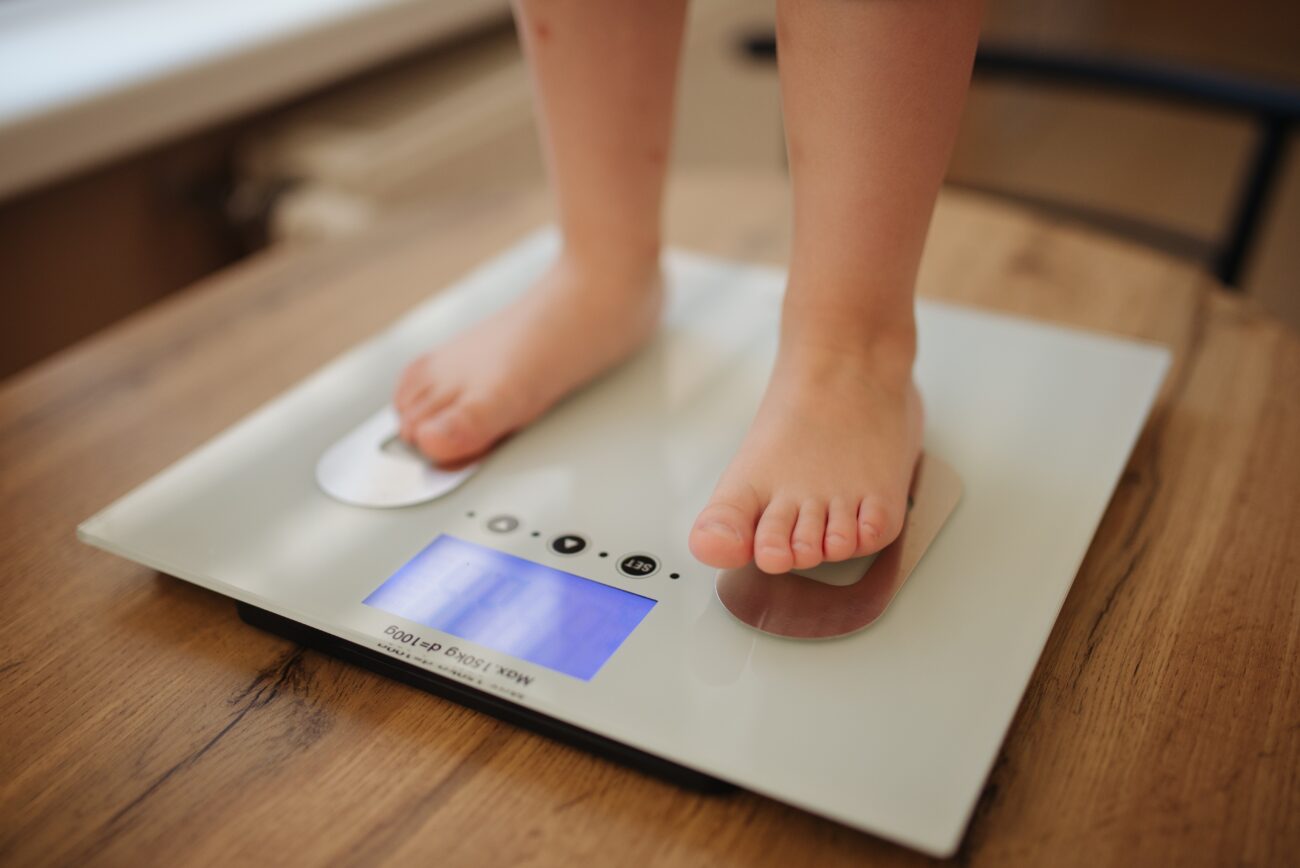That morning ritual feels familiar: step on the smart scale, watch numbers flash, then stare in disbelief. Yesterday, you were 18% body fat. Today? Somehow you’re 22%. Your muscle mass apparently vanished overnight, and your hydration levels ping-ponged impossibly.
The culprit isn’t your metabolism—it’s the technology itself.
Most smart scales use bioelectrical impedance analysis, sending tiny electrical currents through your bare feet to estimate body composition. The current meets more resistance in fat tissue than muscle, and algorithms translate this data into percentages. Sounds scientific enough, but the reality is messier than the marketing suggests.
The Hidden Flaws in Your Scale’s Algorithm
Foot-only sensors miss crucial data, especially for women’s body composition patterns.
Here’s where things get problematic. Standard smart scales only measure from foot to foot, essentially reading your lower body and making assumptions about the rest. For women, whose fat distribution often favors hips and thighs, this creates systematic errors. The current path misses upper body composition entirely.
Meanwhile, manufacturers guard their calculation formulas like state secrets. You’re trusting proprietary algorithms that may not account for your body type at all.
Even under perfect conditions, these devices face accuracy challenges:
- Hydration chaos: Drinking water, sweating, or mild dehydration skews readings significantly
- Exercise timing: Recent workouts redistribute fluids, throwing off muscle and fat calculations
- Environmental factors: Room temperature and time of day affect electrical conductivity
- Body fat distribution: Lower-body fat storage patterns confuse foot-based sensors
- Device variations: Consumer models lack the multi-frequency precision of clinical equipment
According to research cited by LiveScience, even premium BIA devices can differ from gold-standard body composition tests by up to 8 kilograms of muscle mass and 10 percentage points of body fat. The limits of agreement are so wide that single readings become nearly meaningless for health decisions.
What Your Scale Can (and Can’t) Tell You
Focus on months-long trends, not daily drama from flawed algorithms.
Smart scales work best as long-term trend trackers rather than precise health instruments. Use the same device at consistent times under similar conditions, then look for patterns over months, not days.
Consider pairing these metrics with real-world health signals: energy levels, fitness improvements, and how you feel in your daily activities. Technology can provide useful data points, but it shouldn’t drive major health decisions alone.
Your actual wellness—shaped by how you eat, move, and feel—deserves better than an algorithm’s best guess.


















